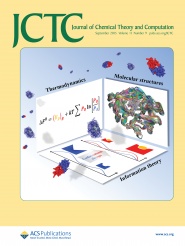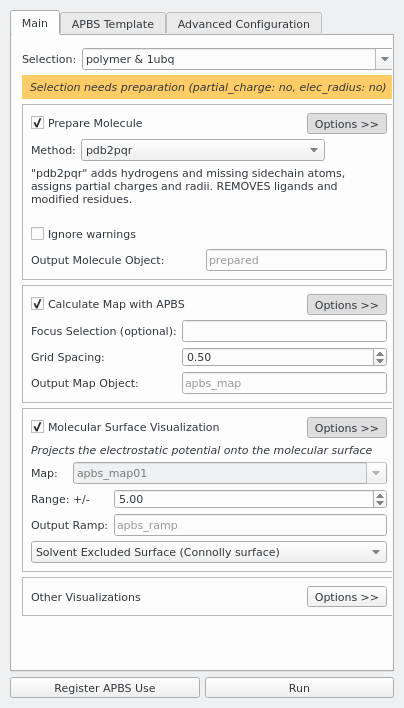Difference between revisions of "Main Page"
Jump to navigation
Jump to search
| Line 34: | Line 34: | ||
! Python 3 | ! Python 3 | ||
| New [[2to3|Python 3 compatibility guide]] for scripts and plugins | | New [[2to3|Python 3 compatibility guide]] for scripts and plugins | ||
| − | |||
| − | |||
| − | |||
|- | |- | ||
! POSF | ! POSF | ||
Revision as of 05:05, 5 March 2021
| The community-run support site for the PyMOL molecular viewer. |
| To request a new account, email SBGrid at: accounts (@) sbgrid dot org |
| Tutorials | Table of Contents | Commands |
| Script Library | Plugins | FAQ |
| Gallery | Covers | PyMOL Cheat Sheet (PDF) | Getting Help |
|
|
 A Random PyMOL-generated Cover. See Covers.
|

